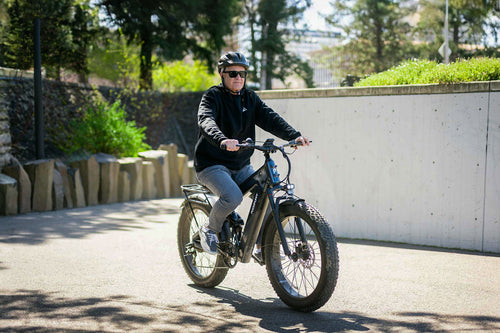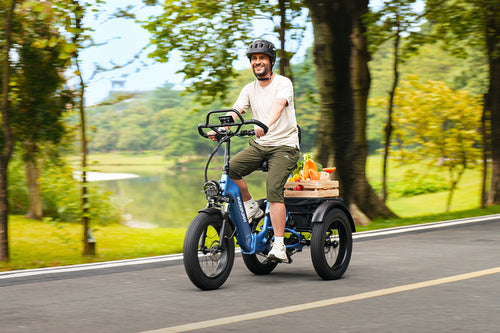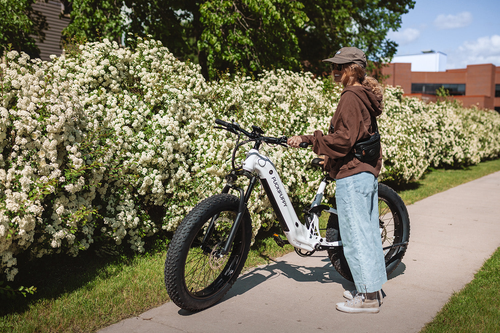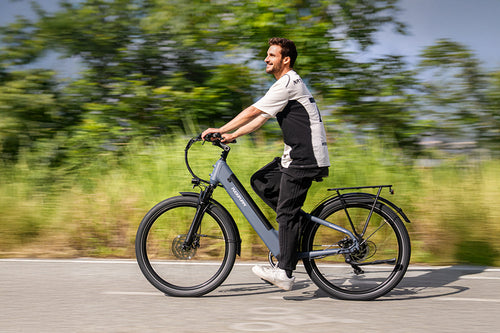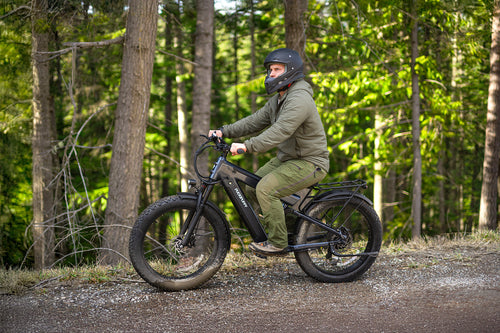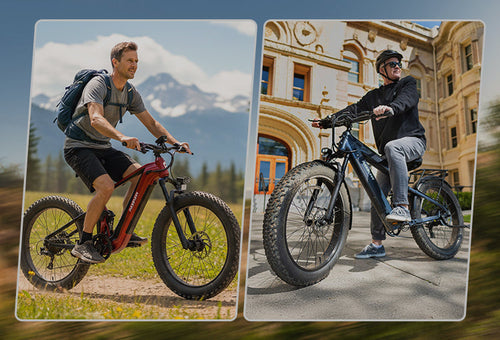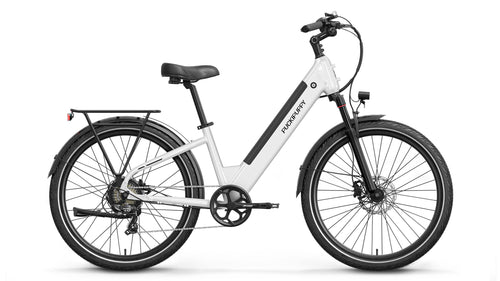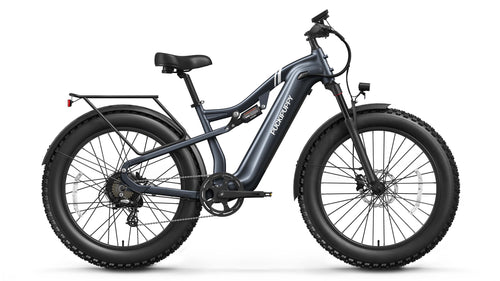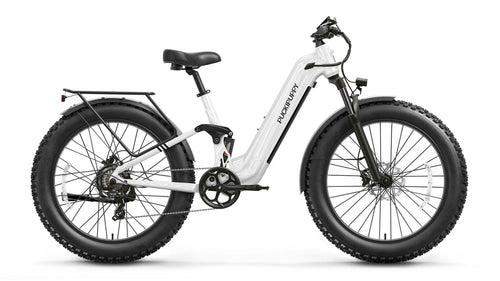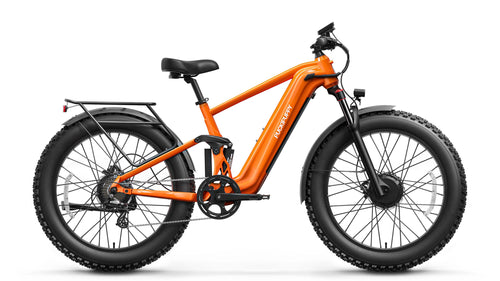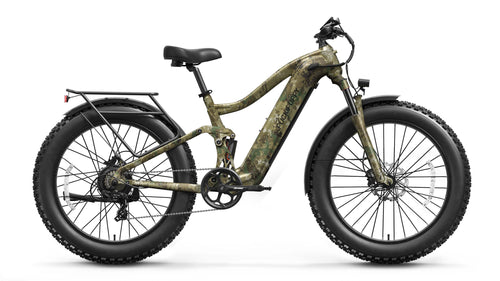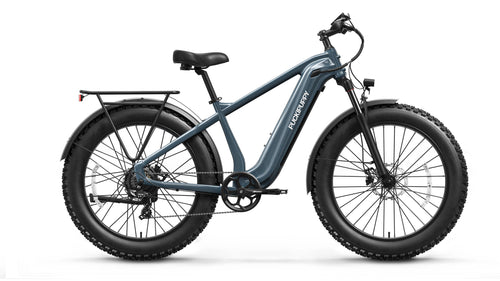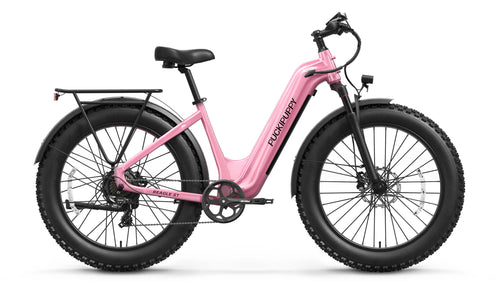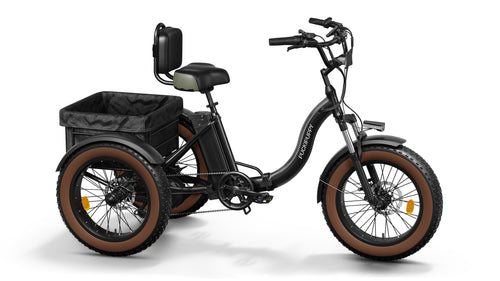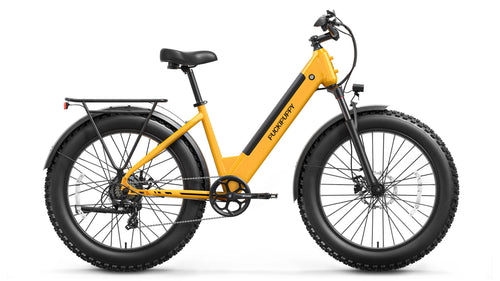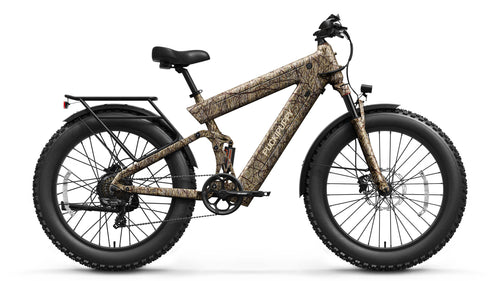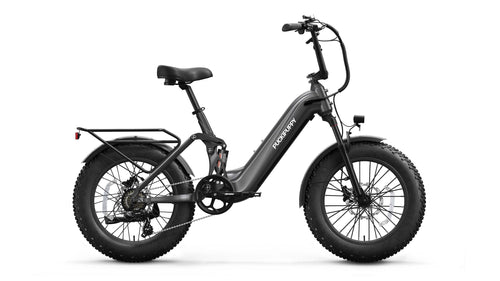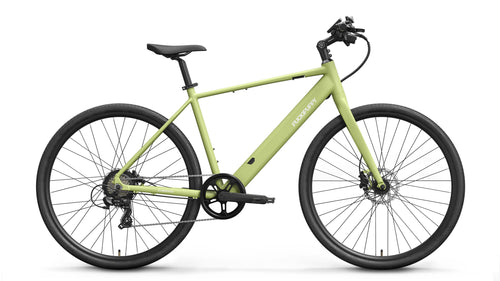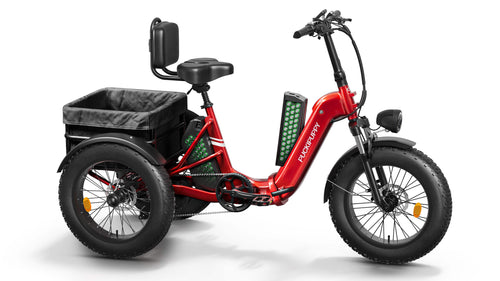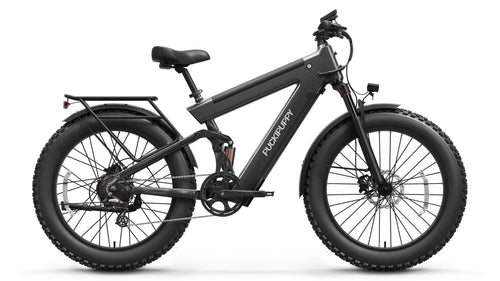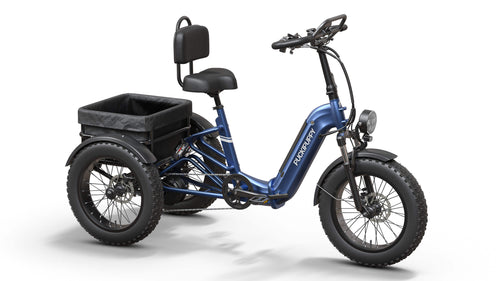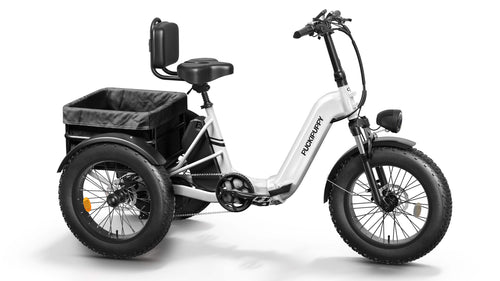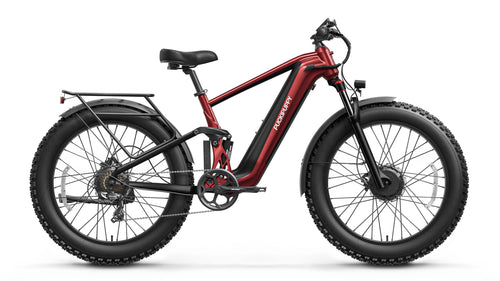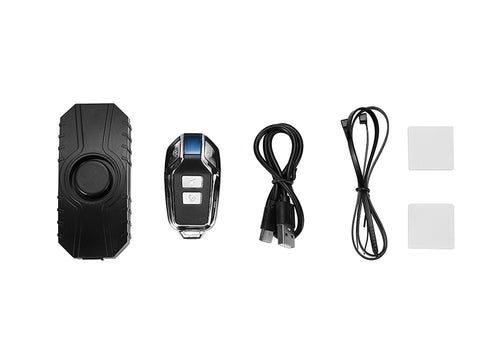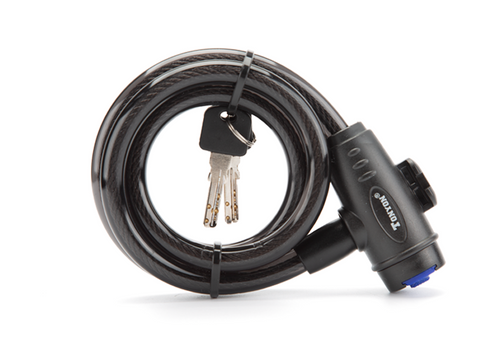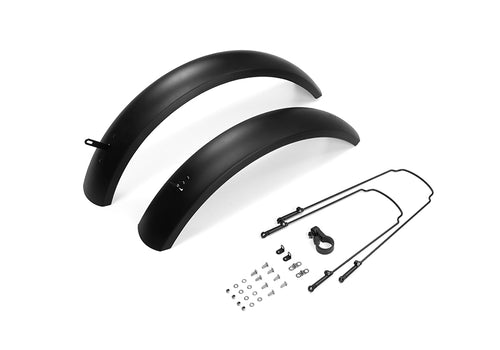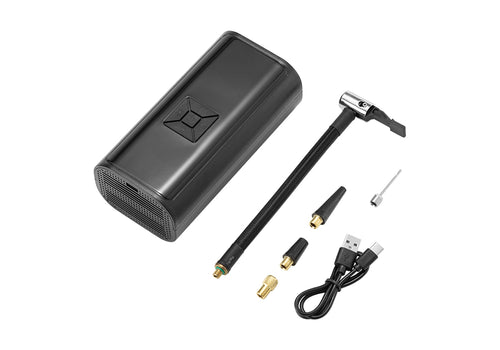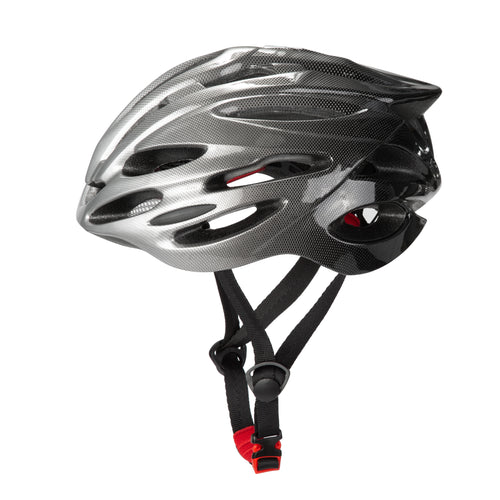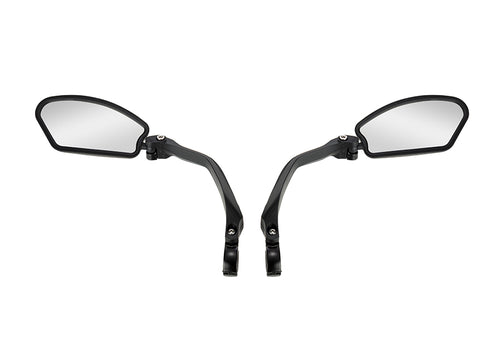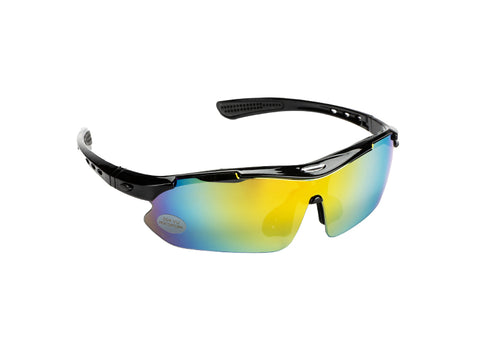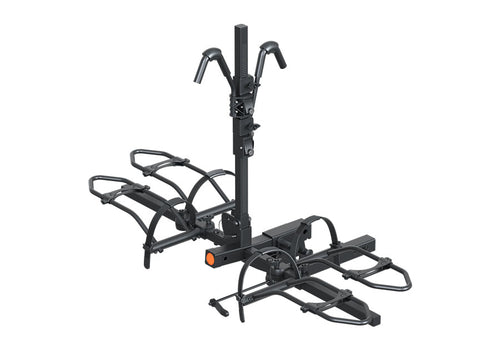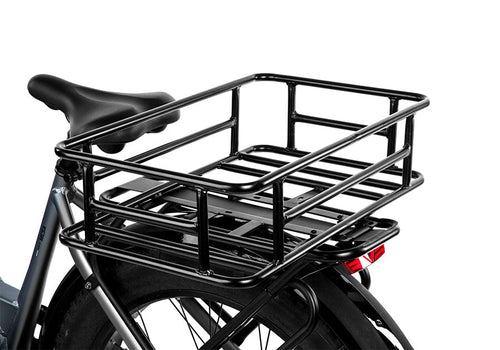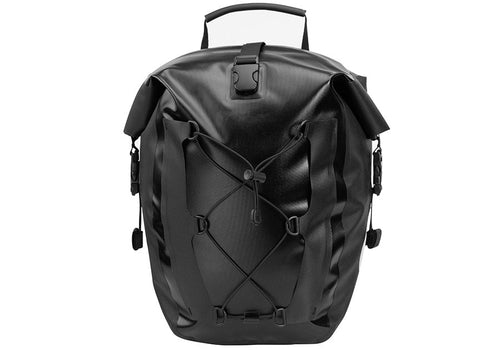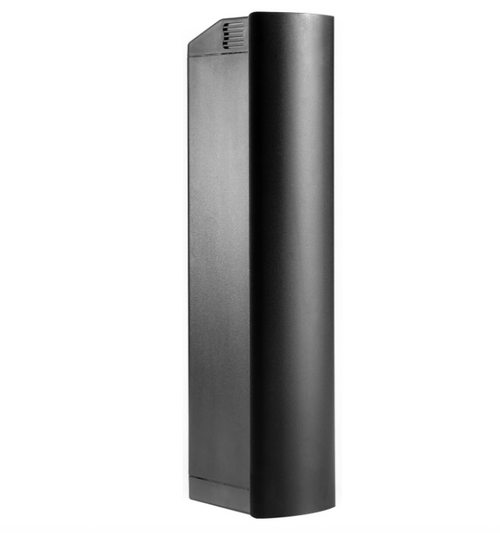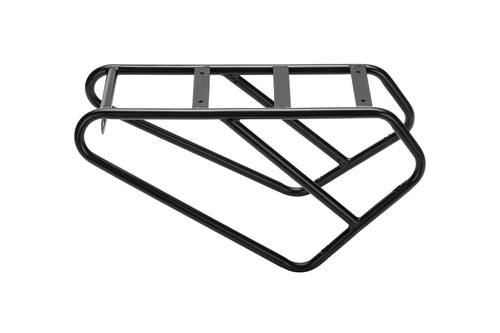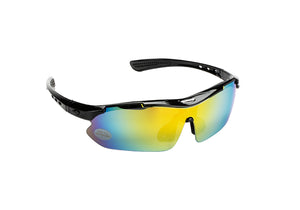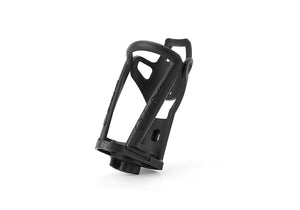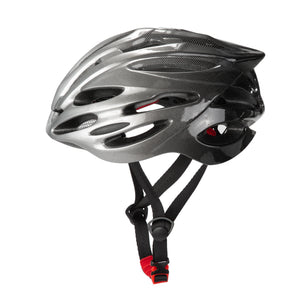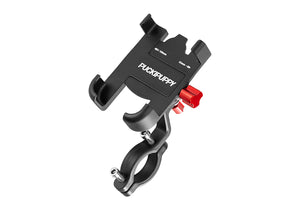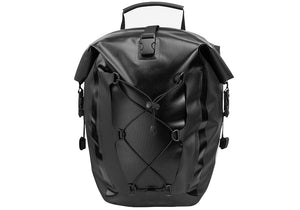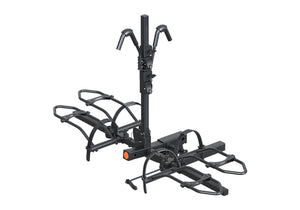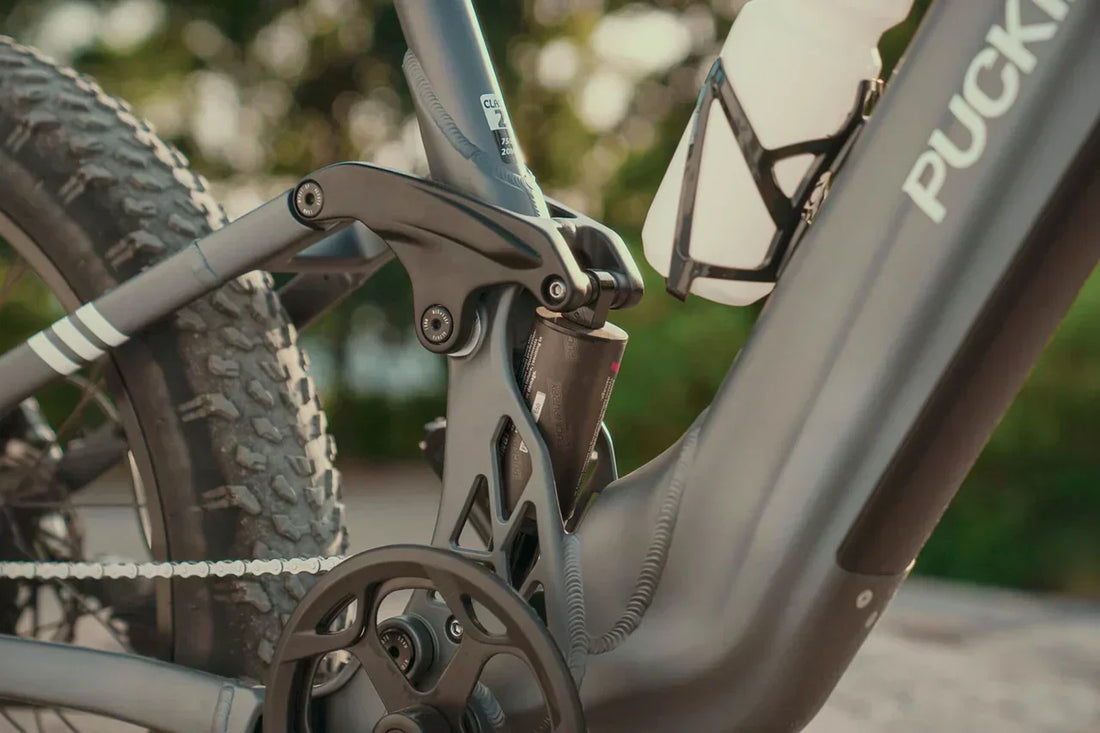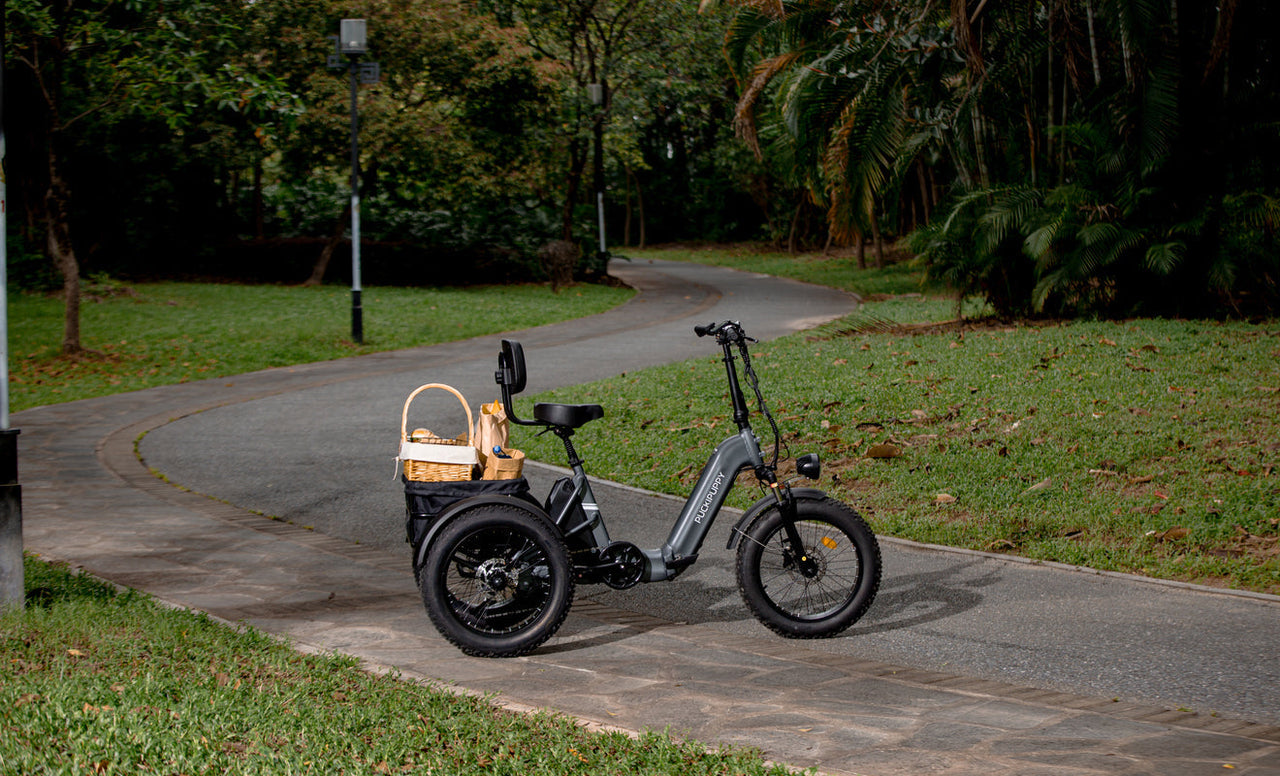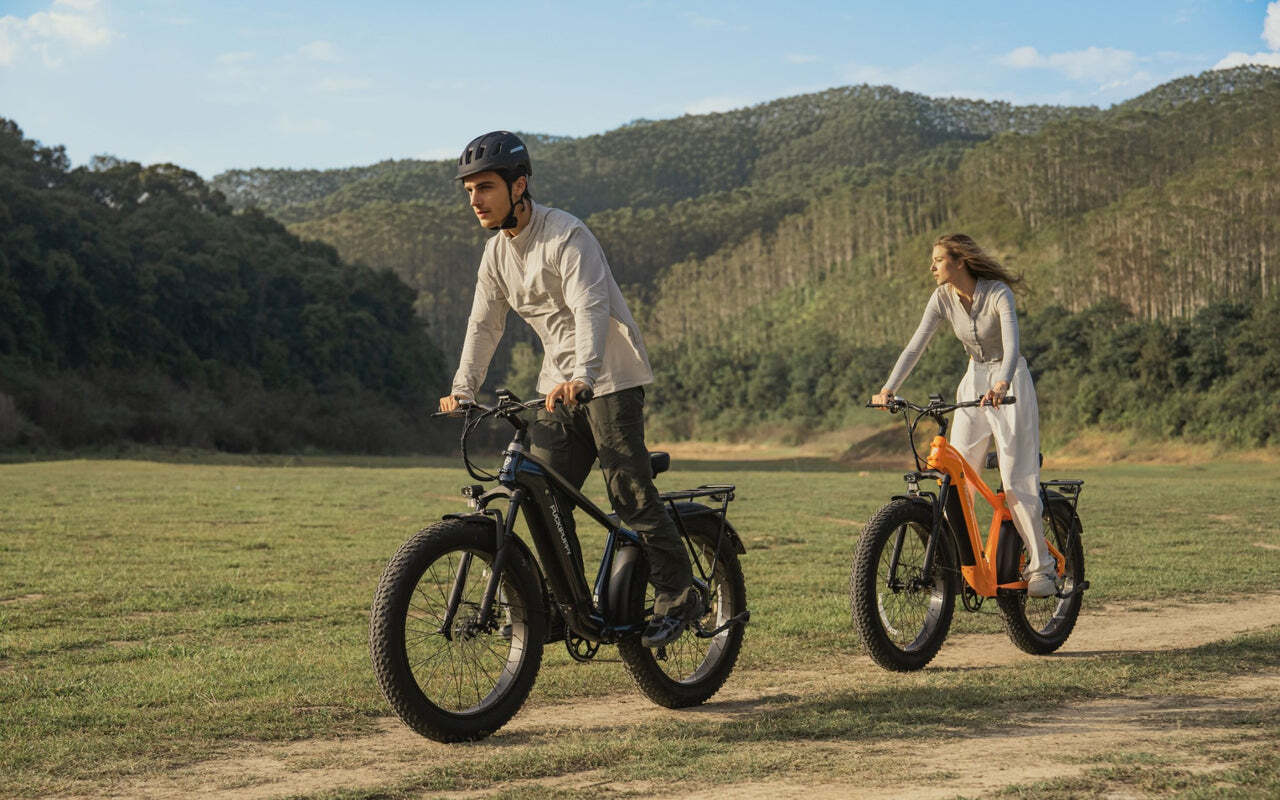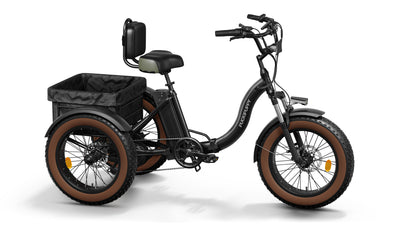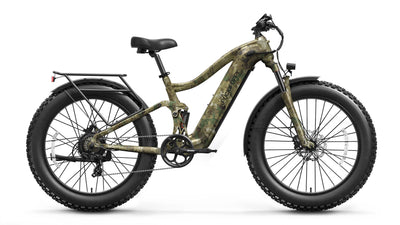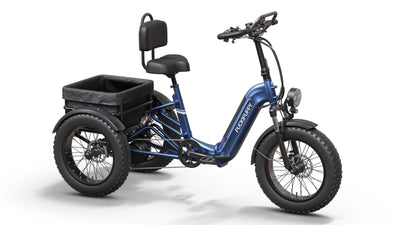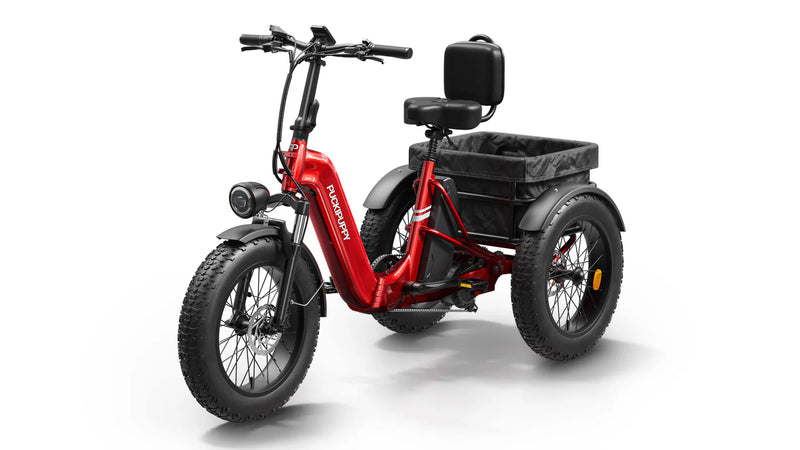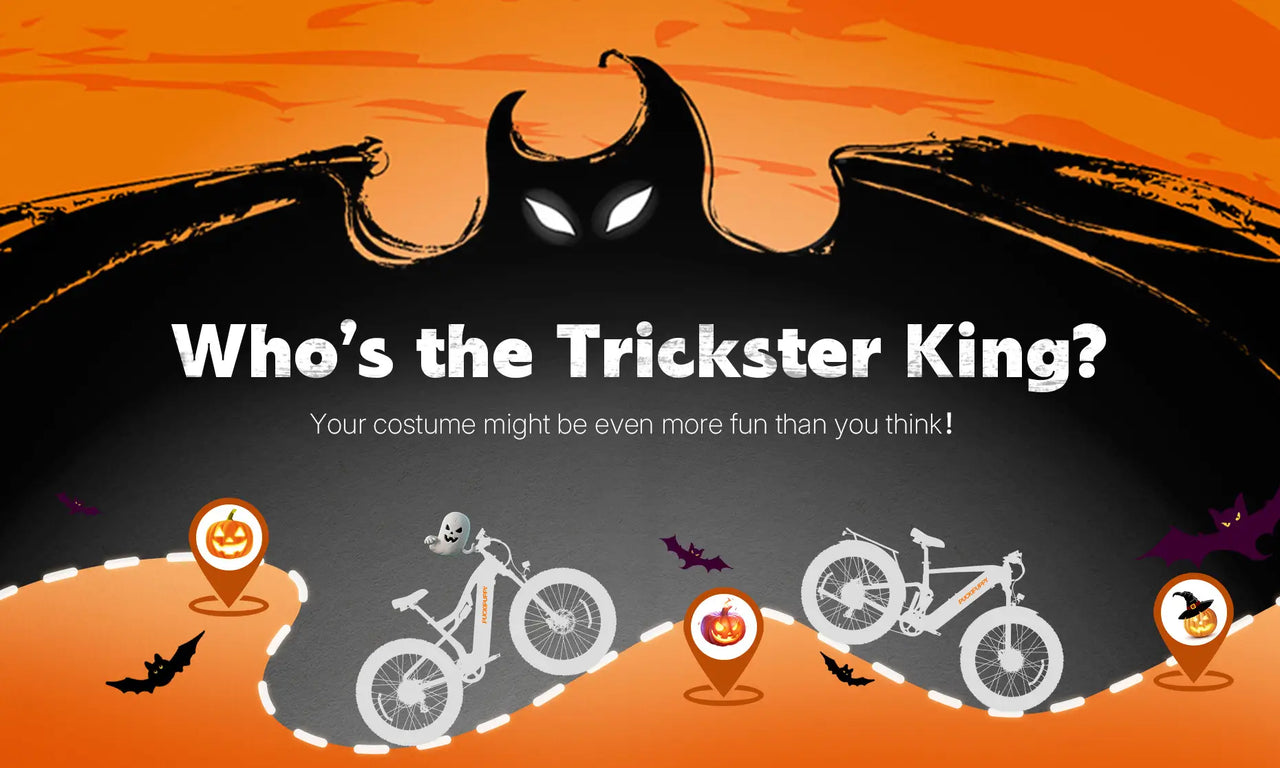Navigating the world of electric bicycles begins with understanding one fundamental framework: the three-class system that categorizes e-bikes based on their operational characteristics.
This classification system isn't merely technical jargon—it's a crucial distinction that determines where you can ride, what legal requirements apply, and ultimately, which e-bike best matches your riding style.
This guide breaks down the essential characteristics of Class 1, 2, and 3 e-bikes in clear, practical terms. We'll explore how each class functions, where they're typically permitted, and what makes them unique—from the pure pedal-assist experience of Class 1 models to the throttle-equipped versatility of Class 2 and the higher-speed capabilities of Class 3 e-bikes.
By understanding these distinctions, you'll be equipped to navigate both the technical specifications and local regulations governing electric bicycle use. Let's examine what defines each e-bike class and how these differences translate to real-world riding experiences.
The Core Differences at a Glance
Before we dive deep, here is a quick-reference table to summarize the key differences between the three classes. This will give you a solid foundation for understanding the detailed explanations to follow.
|
Feature |
Class 1 E-Bike |
Class 2 E-Bike |
Class 3 E-Bike |
|
Motor Assistance |
Pedal-Assist Only |
Pedal-Assist & Throttle |
Pedal-Assist Only |
|
Max Assisted Speed |
20 mph |
20 mph |
28 mph |
|
Throttle |
No |
Yes |
Typically No |
|
Core Riding Experience |
Natural, bicycle-like feel |
Effortless starts and cruising |
High-speed, efficient commuting |
What is a Class 1 E-Bike?
A Class 1 e-bike is defined by its pure pedal-assist system. The electric motor provides power only when you are actively pedaling, and ceases assistance once you reach 20 mph (32 km/h). This design maintains the fundamental cycling experience while offering helpful support on hills and during long rides.
These e-bikes feature a sophisticated sensor system that detects your pedaling motion and force. Most models use either a cadence sensor (measuring pedal rotation) or a torque sensor (measuring pedaling effort), with torque sensors providing a more natural, responsive feel that matches your riding intensity.
Class 1 e-bikes enjoy the most widespread access to bicycle infrastructure, including bike lanes, multi-use paths, and most natural surface trails. Their predictable power delivery and traditional cycling nature make them subject to minimal restrictions across most jurisdictions, often treated equally with conventional bicycles under the law.
What is a Class 2 E-Bike?
A Class 2 e-bike incorporates all the pedal-assist features of a Class 1 model but adds a crucial component: a handlebar-mounted throttle. This throttle enables motor-powered movement without pedaling, up to the same 20 mph (32 km/h) speed limit shared with Class 1 e-bikes.
The throttle mechanism typically takes the form of a twist-grip or thumb lever, providing instant electric power on demand. This dual-operation capability allows riders to switch seamlessly between pedal-assist cycling and pure electric propulsion, offering exceptional flexibility for varying terrain and riding conditions.

This class proves particularly valuable for riders who need occasional breaks from pedaling, those with mobility considerations, or commuters who want assurance they won't arrive at their destination sweaty. However, the throttle capability may restrict access to some natural surface trails where pure pedal-assist bikes are permitted. Puckipuppy's products are exemplary Class 2 e-bikes. Their classic models feature stable, fat tires, ensuring freedom of movement on a variety of surfaces, making them ideal for both city and leisure riding. Visit Puckipuppy for more information.
Learn more: Puckipuppy Buying Guide: How to Choose an Electric Bike
What is a Class 3 E-Bike?
A Class 3 e-bike, often called a "speed pedelec," maintains the pedal-assist-only operation of Class 1 models but delivers assistance up to 28 mph (45 km/h). This higher speed capability makes it particularly suitable for road commuting and riders seeking to cover longer distances in less time.
These e-bikes typically incorporate enhanced components to handle increased speeds safely, including more powerful brakes, improved suspension systems, and reinforced frames. Most jurisdictions mandate that Class 3 e-bikes be equipped with a speedometer, since tracking speed becomes crucial at these velocities.
Due to their higher operating speeds, Class 3 e-bikes face more regulatory restrictions than other classes. Common requirements include minimum rider ages (usually 16 or older), mandatory helmet use, and restrictions from certain bike paths and multi-use trails where lower-speed bicycles predominate. Some regions may even require registration, insurance, or licensing similar to motorcycles.
Legal and Safety Considerations
Understanding e-bike regulations in the United States requires recognizing that while most states have adopted the three-class system, specific requirements vary significantly by location. The core framework distinguishes e-bikes from motor vehicles, but local implementations differ.
Key Legal Requirements
Most states follow similar patterns for e-bike regulation:
-
Class 1 & 2: Generally treated as standard bicycles with access to bike lanes and paths
-
Class 3: Often subject to additional restrictions including:
-
Minimum age requirements (typically 16+)
-
Mandatory helmet use
-
Speedometer requirement
-
Possible restrictions on bike path access
Helmet Laws Vary by Location
Helmet requirements differ by state and e-bike class:
-
Some states require helmets only for Class 3 riders
-
Others mandate helmets for all e-bike riders under certain ages
-
A few states have no helmet requirements for any e-bike class
Riders should check specific state and local regulations for exact requirements.
Where You Can Ride
Path access depends on e-bike class and local rules:
-
Roads: All classes are typically permitted on streets
-
Bike Lanes: Most states allow all classes in designated bike lanes
-
Multi-use Paths: Class 1 e-bikes usually have full access, while Class 2 and 3 may be restricted
-
Natural Trails: Access varies widely by land manager and local regulations
Essential Safety Practices
Regardless of legal requirements, these safety practices apply:
-
Always wear a helmet regardless of local laws
-
Use front and rear lights, especially at night
-
Maintain proper braking distance - e-bikes are heavier and faster than regular bikes
-
Obey all traffic laws applicable to bicycles
-
Be mindful of your speed, particularly on shared paths
Important Considerations
-
Local governments may impose additional restrictions beyond state laws
-
National parks and protected lands often have unique e-bike regulations
-
Rules continue to evolve as e-bike popularity grows
-
Manufacturers must label e-bikes with their class designation
Riders should verify current regulations in their specific area, as e-bike laws continue to develop across different jurisdictions.
What Are the Differences Between Ebike Classes 1, 2, and 3?
Class 1 vs. Class 2: The Throttle Decision
The choice between Class 1 and Class 2 e-bikes comes down to one fundamental question: how important is a throttle to your riding experience? Class 1 e-bikes operate on a pure pedal-assist system where the motor only engages when you're pedaling, creating a natural cycling feel that's perfect for riders who want exercise while enjoying some assistance. In contrast, Class 2 e-bikes include both pedal-assist and a throttle, allowing you to ride without pedaling when desired. This makes Class 2 ideal for riders who want the flexibility to take breaks from pedaling or need help with challenging hill starts. While both classes provide assistance up to 20 mph, the throttle on Class 2 models offers greater versatility for mixed terrain and stop-and-go urban environments.
Class 1 vs. Class 3: The Speed Versus Access Balance
When comparing Class 1 and Class 3 e-bikes, riders face a trade-off between speed and accessibility. Both classes operate on pedal-assist-only systems, meaning you must pedal to receive motor assistance. However, Class 1 e-bikes stop providing motor assistance at 20 mph, while Class 3 models continue assisting until reaching 28 mph. This speed difference comes with significant access implications: Class 1 e-bikes are generally permitted on bike paths, multi-use trails, and natural surface trails, while Class 3 e-bikes are often restricted from these areas due to safety concerns. The decision here depends on whether you prioritize higher speeds for road commuting (Class 3) or broader access to recreational paths and trails (Class 1).
Class 2 vs. Class 3: Convenience Versus Performance
The comparison between Class 2 and Class 3 e-bikes presents a clear choice between convenience-oriented riding and performance-focused cycling. Class 2 models feature a throttle that provides effortless operation without pedaling, making them excellent for casual riding, quick errands, or situations where you might need to conserve energy. Class 3 e-bikes, while lacking a throttle for primary propulsion, offer higher performance with assistance up to 28 mph, making them better suited for fitness-oriented riders and longer commutes.
Each comparison highlights how these classes serve different riding needs and preferences, with legal access and intended use being key factors in determining which e-bike class best suits your lifestyle.
Conclusion
Choosing between Class 1, 2, and 3 e-bikes ultimately comes down to your specific needs and riding environment. Class 1 keeps things simple with pedal-assist only, Class 2 adds throttle convenience, and Class 3 delivers higher speeds for efficient commuting.
The right choice depends on where you'll ride and what kind of assistance you prefer. Consider your local terrain, typical routes, and legal regulations when making your decision.
No matter which class you choose, you're gaining a versatile, eco-friendly way to commute, explore, and enjoy the outdoors. Each class offers unique benefits that can enhance your cycling experience in different ways.
Learn more: What is an Ebike? And Is It Really Worth the Money?






